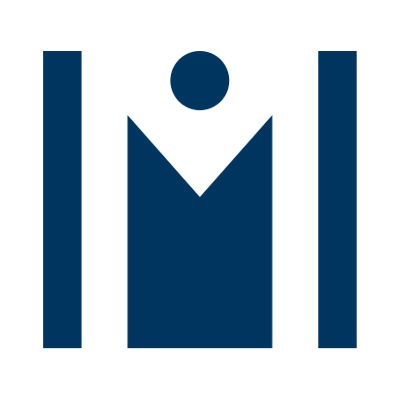预约演示
更新于:2025-05-07
Influenza A (H1N1) 2009 monovalent vaccine(MedImmune LLC)
更新于:2025-05-07
概要
基本信息
原研机构 |
在研机构 |
非在研机构- |
权益机构- |
最高研发阶段批准上市 |
首次获批日期 美国 (2009-09-15), |
最高研发阶段(中国)- |
特殊审评- |
登录后查看时间轴
关联
100 项与 Influenza A (H1N1) 2009 monovalent vaccine(MedImmune LLC) 相关的临床结果
登录后查看更多信息
100 项与 Influenza A (H1N1) 2009 monovalent vaccine(MedImmune LLC) 相关的转化医学
登录后查看更多信息
100 项与 Influenza A (H1N1) 2009 monovalent vaccine(MedImmune LLC) 相关的专利(医药)
登录后查看更多信息
8
项与 Influenza A (H1N1) 2009 monovalent vaccine(MedImmune LLC) 相关的文献(医药)2014-12-01·SpringerPlus
Immunogenicity of a monovalent 2009 influenza A (H1N1) vaccine in infants: randomized, observer-masked, single-center clinical study
Article
作者: Wang, Shuqiao ; Dong, Jinrong ; Chen, Ze ; Chai, Wenqing ; Wang, Shilei ; Li, Fangjun ; Sun, Bing
2013-12-01·Journal of the Pediatric Infectious Diseases Society3区 · 医学
Immunogenicity of Licensed Influenza A (H1N1) 2009 Monovalent Vaccines in HIV-Infected Children and Youth
3区 · 医学
Article
作者: Robert F. Pass ; L. Jill Utech ; Terence Fenton ; Patricia M. Flynn ; Wende Levy ; George K. Siberry ; Elizabeth Petzold ; William Borkowsky ; Coleen K. Cunningham ; Ed Handelsman ; Petronella Muresan ; Stephen A. Spector ; Sharon Nachman ; James B. McAuley ; Adriana Weinberg
2012-08-01·Expert Review of Vaccines2区 · 医学
Safety of seasonal influenza and influenza A (H1N1) 2009 monovalent vaccines in pregnancy
2区 · 医学
Review
作者: Moro, Pedro L. ; Vellozzi, Claudia ; Tepper, Naomi K. ; Grohskopf, Lisa A. ; Broder, Karen
100 项与 Influenza A (H1N1) 2009 monovalent vaccine(MedImmune LLC) 相关的药物交易
登录后查看更多信息
外链
| KEGG | Wiki | ATC | Drug Bank |
|---|---|---|---|
| - | - | - |
研发状态
10 条最早获批的记录, 后查看更多信息
登录
| 适应症 | 国家/地区 | 公司 | 日期 |
|---|---|---|---|
| 甲型流感病毒感染 | 美国 | 2009-09-15 |
登录后查看更多信息
临床结果
临床结果
适应症
分期
评价
查看全部结果
| 研究 | 分期 | 人群特征 | 评价人数 | 分组 | 结果 | 评价 | 发布日期 |
|---|
No Data | |||||||
登录后查看更多信息
转化医学
使用我们的转化医学数据加速您的研究。
登录
或

药物交易
使用我们的药物交易数据加速您的研究。
登录
或

核心专利
使用我们的核心专利数据促进您的研究。
登录
或

临床分析
紧跟全球注册中心的最新临床试验。
登录
或

批准
利用最新的监管批准信息加速您的研究。
登录
或

特殊审评
只需点击几下即可了解关键药物信息。
登录
或

生物医药百科问答
全新生物医药AI Agent 覆盖科研全链路,让突破性发现快人一步
立即开始免费试用!
智慧芽新药情报库是智慧芽专为生命科学人士构建的基于AI的创新药情报平台,助您全方位提升您的研发与决策效率。
立即开始数据试用!
智慧芽新药库数据也通过智慧芽数据服务平台,以API或者数据包形式对外开放,助您更加充分利用智慧芽新药情报信息。
生物序列数据库
生物药研发创新
免费使用
化学结构数据库
小分子化药研发创新
免费使用
